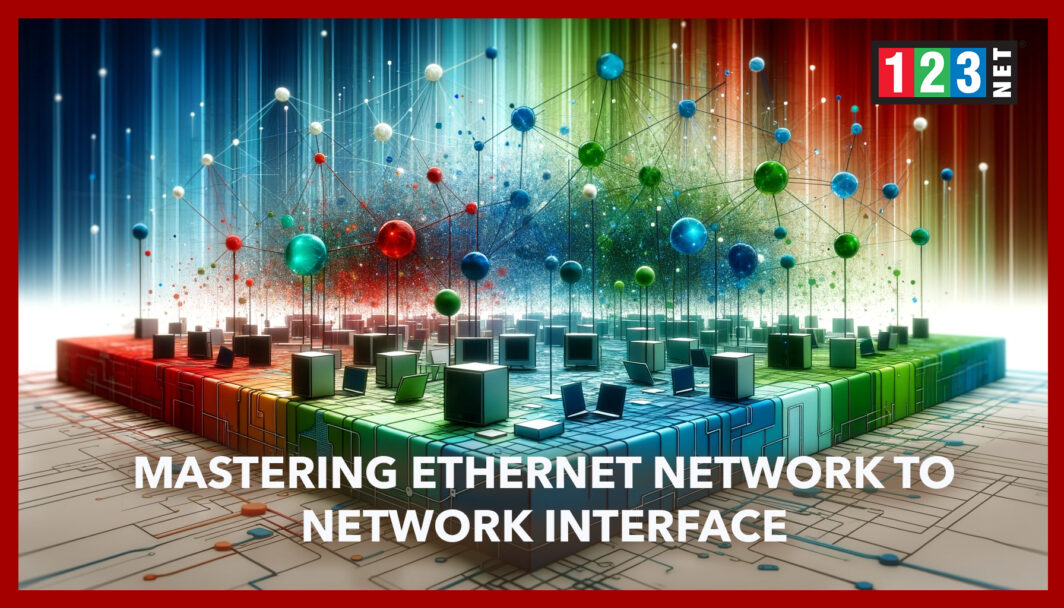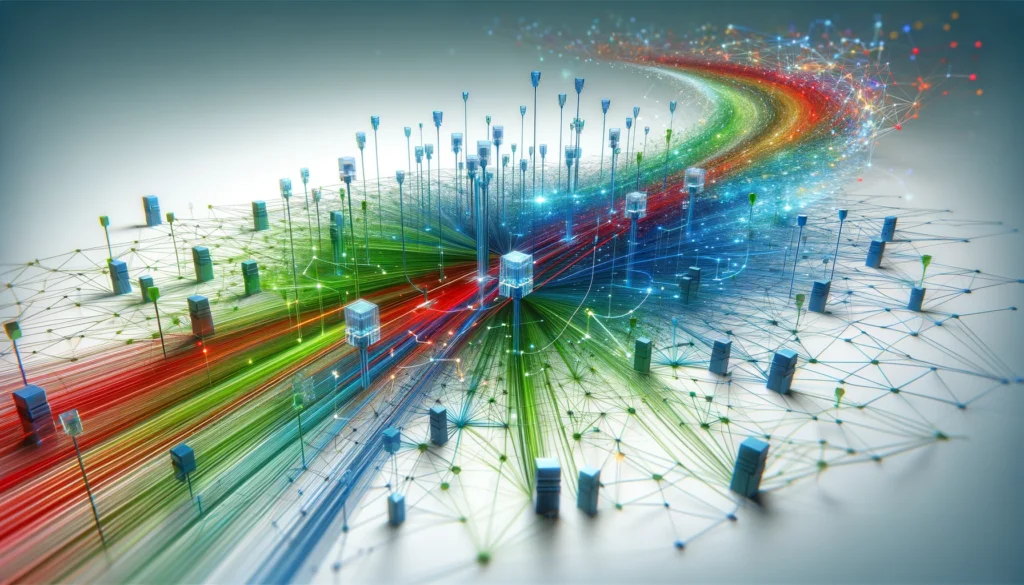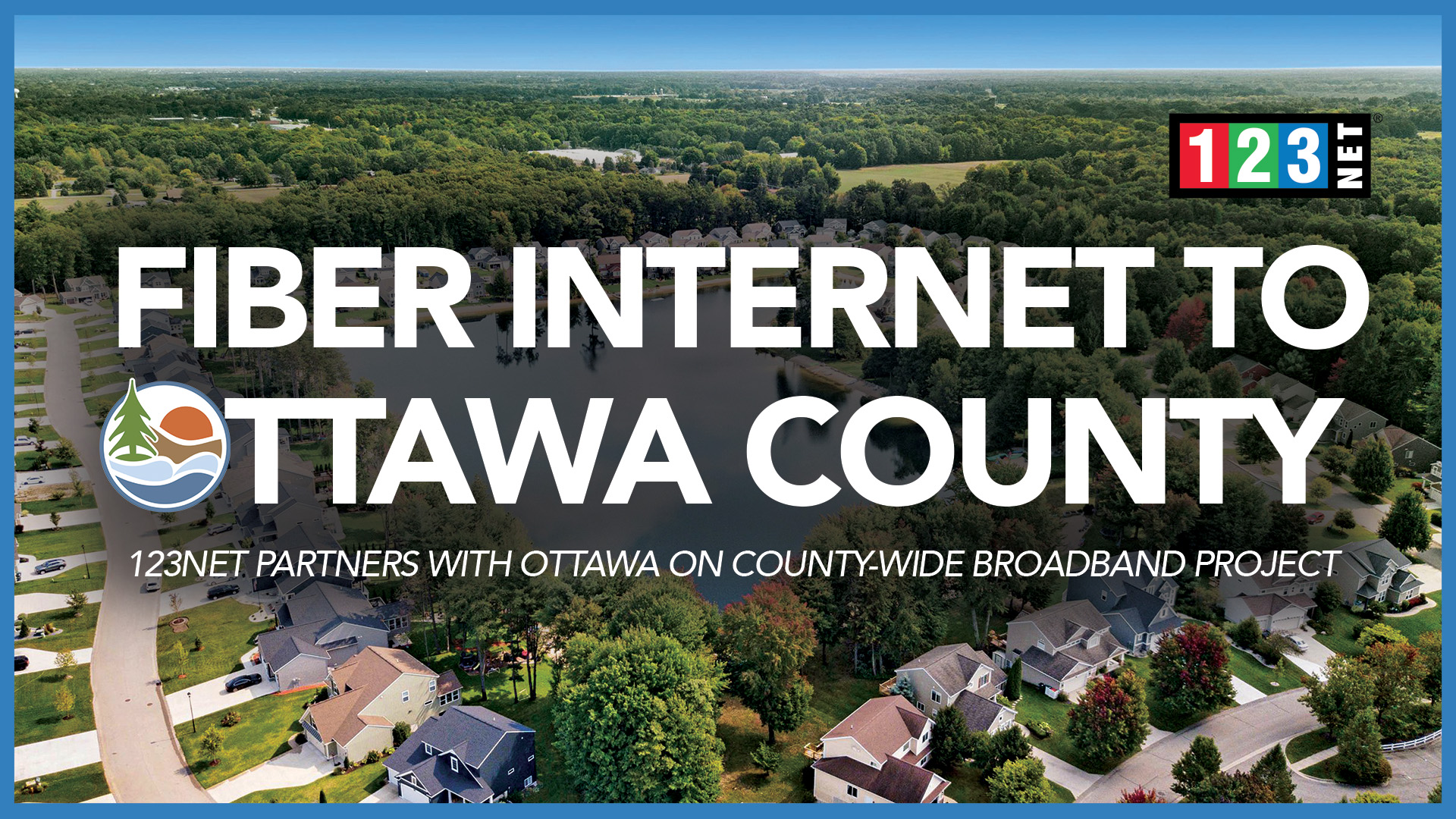
Introduction
Ethernet technology is the cornerstone of contemporary networking. It allows devices to interact across both local and wide area networks. As a standard method, it physically links devices in a wired setup. This connection is made possible through Ethernet cables and switches, which aid in data transfer. The network to network interface, especially via Ethernet, is crucial for smooth connectivity. It ensures seamless communication between various network segments. This piece explores the nuances of Ethernet networks. It highlights the critical importance of network to network interfaces in the digital era.
Understanding Ethernet Networks
Ethernet, a suite of networking technologies, is essential for local area networks (LANs), metropolitan area networks (MANs), and wide area networks (WANs). Originating in the 1970s at Xerox Corporation, it has undergone significant evolution. Today, Ethernet speeds range from 10 Mbps to an impressive 100 Gbps. The IEEE 802.3 standard governs Ethernet, detailing both physical connections and lower-level software operations.
At its essence, Ethernet employs packet switching for data transmission. This method involves dividing data into packets prior to sending. Each packet is marked with source and destination MAC (Media Access Control) addresses. This ensures that the data precisely reaches its intended endpoint. One of Ethernet’s key strengths is its adaptability. This characteristic allows it to scale to meet various networking demands.
Ethernet’s widespread adoption is testament to its reliability and efficiency. Its ability to facilitate seamless data exchange across diverse network types has cemented its status. As technology continues to advance, Ethernet’s role remains pivotal. Its foundational principles ensure it adapts to future networking needs.
Furthermore, Ethernet’s contribution to modern networking cannot be overstated. It has enabled the interconnection of countless devices, supporting the flow of information globally. Its standardization efforts have ensured compatibility and simplified network design. The continued evolution of Ethernet technology promises to support the growing demands of digital communication. This makes Ethernet an enduring and crucial component of the networking landscape.
Network to Network Interface: An Overview
A Network to Network Interface (NNI) plays a vital role in linking distinct networks, enabling their communication. This connection can be established physically through direct cable links or virtually via software settings. Network Interface Cards (NICs) are pivotal in this process, serving as a bridge between computers and networks.
NICs convert data into a network-transmissible format, following the TCP/IP protocol suite for communication. Proper configuration of these interfaces, including IP settings and MAC address allocation, is crucial. It ensures networks are identifiable and data is correctly routed. NNIs facilitate seamless data flow across different network environments, enhancing connectivity.
Physical NNIs often involve fiber optics or copper cables, providing robust and high-speed connections. Virtual NNIs, on the other hand, leverage software-defined networking to create flexible and scalable network architectures. This duality allows for a wide range of networking scenarios, from simple home setups to complex enterprise environments.
The importance of NNIs extends to the internet’s backbone, connecting ISPs and large networks worldwide. These interfaces enable the exchange of vast amounts of data, supporting the global internet infrastructure. As technology evolves, the role of NNIs in network scalability and performance becomes increasingly critical.
NNIs also support network segmentation, improving security and traffic management. By allowing networks to communicate, NNIs facilitate the sharing of resources and information. This connectivity is essential for the functioning of modern digital services, from cloud computing to streaming media.

How Ethernet Network Interfaces Work
Ethernet network interfaces are designed to transmit and receive data packets, leveraging packet switching technology for efficiency. This technology manages the data packets, steering them to their designated destinations using MAC addresses. The operation involves both switching and routing: switches process packets within the same network, while routers guide traffic across different networks.
Virtual Local Area Networks
Virtual Local Area Networks (VLANs) significantly contribute to network organization and traffic management. By dividing a network into VLANs, administrators can enhance both efficiency and security. Quality of Service (QoS) settings prioritize crucial network traffic, ensuring top performance for key services.
This segmentation allows for refined control over network resources, facilitating better data flow and reducing congestion. VLANs also enable the creation of distinct broadcast domains within a single physical network, increasing its scalability and flexibility. QoS mechanisms classify and prioritize network traffic, addressing latency and bandwidth requirements for sensitive applications.
Ethernet Networks with QoS
Ethernet’s role in modern networking is pivotal, supporting a wide array of devices and applications. Its adaptability and scalability make it suitable for everything from small home networks to extensive corporate environments. The integration of VLANs and QoS into Ethernet networks underscores the technology’s capability to meet diverse and evolving networking demands.
These features not only improve the user experience but also bolster the network’s overall security posture. By managing access and traffic flow, VLANs and QoS contribute to the mitigation of potential threats and the efficient allocation of network resources. As networks grow in complexity, the strategic deployment of these technologies becomes increasingly important.
In conclusion, Ethernet network interfaces, enhanced by VLANs and QoS settings, are fundamental to the efficient and secure operation of networks. Their ability to direct traffic effectively and prioritize critical data ensures that networks can support the demands of today’s digital world. These technologies reflect the ongoing evolution of networking, emphasizing flexibility, security, and performance.
Configuring Ethernet Network Interfaces
Setting up Ethernet network interfaces requires configuring IP addresses, subnet masks, and gateway information. This setup can be done either statically, where settings are manually entered, or dynamically through DHCP (Dynamic Host Configuration Protocol). DHCP simplifies the process by automatically assigning IP addresses, minimizing the chances for configuration mistakes.
DNS (Domain Name System) setup is essential, as it converts domain names into IP addresses recognizable by computers. This conversion facilitates the navigation and accessibility of internet resources. Additionally, configuring firewall settings is crucial for safeguarding the network against unauthorized access, enhancing security.
VPN (Virtual Private Network) configurations are also important, especially for securing remote connections. VPNs encrypt data traffic, providing a secure channel for remote access to the network. This encryption protects sensitive information from potential interception or hacking attempts.
Dynamic configurations via DHCP offer flexibility and ease of management, especially in networks with frequent device additions or changes. Static configurations, while requiring more manual intervention, provide stability and control in environments where IP addresses need to remain constant.
Firewall configurations can include setting up rules to allow or block specific traffic, controlling access to network resources. This control is vital for preventing unauthorized access and mitigating cyber threats. VPN settings ensure that remote connections are as secure as those within the network, essential for today’s mobile workforce.
Overall, configuring Ethernet network interfaces encompasses a range of settings, from IP allocation to security measures. These configurations are fundamental to the network’s operation, efficiency, and protection. Proper setup ensures reliable connectivity, optimal performance, and robust security, accommodating the diverse needs of modern networks.

Advantages of Ethernet Network to Network Interfaces
Ethernet network interfaces are known for their reliability and high-speed data transmission capabilities. These features make them perfectly suited for a wide range of networking environments. Their inherent scalability facilitates network growth without necessitating major infrastructure modifications. Moreover, Ethernet’s broad acceptance guarantees compatibility and interoperability among diverse devices and network elements.
This widespread adoption stems from Ethernet’s ability to support a variety of data speeds, from 10 Mbps to over 100 Gbps. Such versatility allows Ethernet networks to serve everything from small home offices to large enterprise data centers. The technology’s standardization ensures that devices from different manufacturers can communicate effectively, simplifying network setup and maintenance.
Ethernet interfaces also support advanced features like Quality of Service (QoS) and Virtual LANs (VLANs). These features enable network administrators to manage traffic efficiently, prioritizing critical data and segmenting the network to enhance security. The ease of integrating Ethernet with other networking technologies further enhances its utility, facilitating seamless connections across various networking scenarios.
In summary, Ethernet network interfaces provide a solid foundation for building and expanding networks. Their reliability, speed, and scalability, combined with widespread compatibility, make Ethernet a preferred choice for networking professionals. The technology’s continuous evolution ensures it remains relevant in addressing the networking needs of both today and the future.
Future of Ethernet Networking
The future of Ethernet networking is bright, marked by continuous advancements to boost speeds and improve efficiency. Developments in 10G, 40G, and 100G Ethernet are setting the stage for quicker data transmission. These innovations cater to the expanding needs of data centers and enterprise networks, where high-speed data transfer is crucial.
Emerging technologies, such as the Internet of Things (IoT) and cloud computing, are significantly influencing Ethernet standards. They are propelling the demand for more resilient and adaptable networking solutions. This shift is due to the increasing number of connected devices and the surge in cloud-based applications, requiring networks that can handle vast amounts of data seamlessly.
Furthermore, Ethernet is evolving to support greater bandwidth and lower latency, essential for applications like video streaming and real-time analytics. The integration of advanced security features is also a focus, aiming to safeguard data as it traverses the network.
The adoption of next-generation Ethernet technologies promises to enhance connectivity across various sectors, including industrial, healthcare, and smart cities. This evolution reflects the growing reliance on digital infrastructure, underscoring Ethernet’s role in supporting the future’s connectivity needs.
In essence, Ethernet networking is gearing up for a future where it remains at the forefront of technological innovation. Its ongoing development ensures it continues to meet the challenges posed by new technologies and the ever-increasing demand for data.
FAQs
- What is a Network Interface Card (NIC)? A: A NIC is a hardware component that connects a computer to a network, allowing it to communicate with other devices.
- How does packet switching work? A: Packet switching divides data into packets, which are then routed to their destination based on the best available path, improving efficiency and reliability.
- What are VLANs, and why are they important? A: VLANs are virtual networks within a physical network, allowing for better traffic management, security, and performance.
- How do I configure my Ethernet network interface? A: Configuration typically involves setting up IP addresses, subnet masks, and DNS settings, either manually or automatically via DHCP.
- What is the significance of QoS in Ethernet networks? A: QoS prioritizes certain types of network traffic, ensuring critical applications receive the bandwidth and performance they require.




